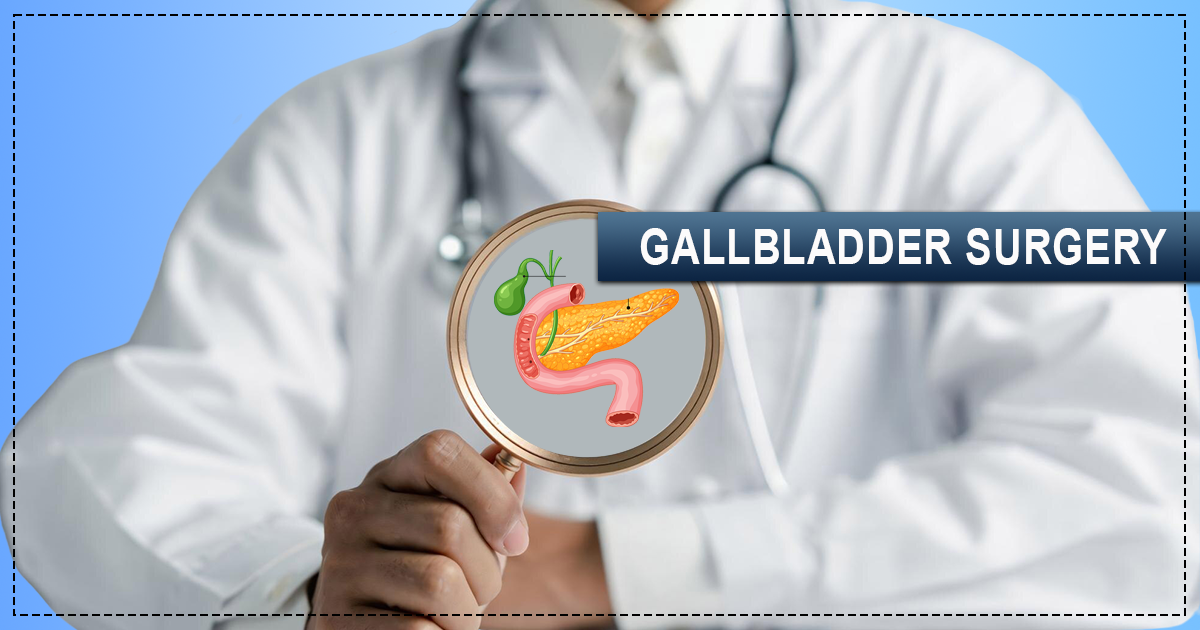Call Now:
+91 93308 06699 (Argha - Secretary)
Dr. Suddhasattwa Sen
Gallbladder Cancer surgeon in Kolkata, West Bengal
MBBS ( Hons. Gold Medalist) , MS ( Gold Medalist) , DNB ( Gen Surg., All India Gold Medalist) , MRCS ( UK) , MNAMS ( IND ) , FMAS ( AMASI ) DNB ( GI HPB Surg. ) , FICS ( USA) , Fellow HPB and Liver Transplant ( Sir Gangaram and Apollo Delhi ) , CC Endohernia and Solid organ Surgery ( Ethicon ) , CC UGI and VATS surgery ( Calicut ) , CC Laparoscopic Colorectal Surg. ( Pune ) , Obs Fellow GI HPB Colorectal surgery (SGPGIMS , Lucknow , GB Pant , Delhi) .
Sr. Consultant and Chief GI HPB Colorectal and Oncosurgeon , Techno Dama Hospital , Kolkata.
Former Director & Sr. Consultant, Dept of GI HPB Colorectal and Oncosurgery, IRIS Hospital , Kolkata.
Former Head of Dept & Medical Advisory Board and Sr Consultant , Dept of GI HPB surgery & Oncosurgery,AMRI Dhk , Kolkata.
Former Director ( Jt ) and Sr. Consultant, Dept of GI HPB and Oncosurgery, Medica Hospital , Kolkata.
Former Sr Consultant , Dept. of GI HPB surgery and Liver Transplant, Fortis Hospital , Kolkata.
Former Sr Consultant, Dept. of GI HPB and Liver Transplant, Apollo Gleneagles Hospital , Kolkata.
Past - CMRI , EEDF , Woodlands , Bellevue , SSKM , RGKMC.
Gallbladder Surgery
GALLBLADDER DISEASES
• Gallstones
• Acalculous Cholecystitis
• Cancer
• Torsion
• Bleed
• Jaundice
• Empyema
• Mucocele
• Fistula to organs
• Mirizzi Syndrome
• Choledochal Cyst
• Stones
• Biliary Stricture
• Biliary cancer
• Biliary worms
SURGERIES
• Lap or open cholcystectomy
• Lap or open cholecystostomy
• Radical cholecystectomy
• Biliary Resection
• Biliary Bypass
• Choledochal cyst excision
• Ercp etc
A cholecystectomy is most commonly performed by inserting a tiny video camera and special surgical tools through four small incisions to see inside your abdomen and remove the gallbladder. Doctors call this a laparoscopic cholecystectomy. In some cases, one large incision may be used to remove the gallbladder.
Do I Need Surgery for Gallstones?
Your gallbladder is a pear-shaped organ that stores bile, the fluid that helps digest food. If it’s not working the way it should (or your bile gets out of balance), hard fragments start to form. These can be as small as a grain of rice or as big as a golf ball.
Gallstones don’t go away on their own. If they start to hurt or cause other symptoms, your doctor may decide to remove your gallbladder. This type of surgery is called a cholecystectomy. It’s one of the most common surgeries doctors perform.
About 80% of people who have gallstones will need surgery.
Types of Gallbladder Surgery
Doctors can remove your gallbladder in one of two ways:
Open surgery: During this procedure, your surgeon will make a 5- to 7-inch incision (cut) on your belly to take out your gallbladder. You’ll need open surgery if you have a bleeding disorder. You may also need it if you have severe gallbladder disease, are very overweight, or are in your last trimester of pregnancy.
Laparoscopic cholecystectomy: Doctors also call this “keyhole surgery.” Your surgeon doesn’t make a big opening in your belly. Instead, he makes four small cuts. He inserts a very thin, flexible tube that contains a light and a tiny video camera into your belly. These help your surgeon see your gallbladder better. Next, he’ll insert special tools to remove the diseased organ.
For both types of surgery, you’ll be given general anesthesia. This means you’ll sleep through the procedure and won’t feel any pain while it’s being done.
Do I Need Surgery?
If your gallstones aren’t causing symptoms, there’s no need for you to have surgery. You’ll only need it if a stone goes into, or blocks, one of your bile ducts. This causes what doctors call a “gallbladder attack.” It’s an intense, knife-like pain in your belly that can last several hours.
If left untreated, gallstones can also lead to more serious problems, like:
• Cholecystitis -- an inflamed gallbladder
• Pancreatitis -- an inflamed pancreas
• Cholangitis -- inflamed bile ducts
Before your doctor opts for surgery, he’ll run several tests to see the effect your gallstones are having on your health. Tests might include:
• Blood test
• Ultrasound
• MRI HIDA (hepatobiliary iminodiacetic acid) scan -- a radioactive chemical is put into your body to create images of any blocked ducts
• Endoscopic ultrasonography -- an imaging device is put into your mouth and down through your digestive tract so sound waves can create a detailed picture of your small intestine
About Surgery
Dr Suddhasattwa Sen
MBBS (Gold medalist), MS (Gold medalist), DNB (All India Gold medalist), MNAMS (IND), MRCS (UK), FICS (USA), DNB (SGE & HPB), FMAS (AMASI), Fellow HPB & Liver Transplant (Sir Gangaram, Apollo, Del), CC Lap Solid Organ Surgery (Ethicon), CC Endohernia (Ethicon), CC Lap Colorectal (Galaxy, Pune) / Lap UGI surgery and VATS (Calicut), OB. Fellow HPB & GIS (SGPGIMS, Lucknow / GB Pant, Del).
Contact Number:
+91 93308 06699 (Argha - Secretary)
Email:
drsss_surg@yahoo.co.in
arghamdk@gmail.com
drsen@bestgicancersurgeon.com

